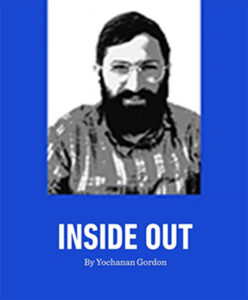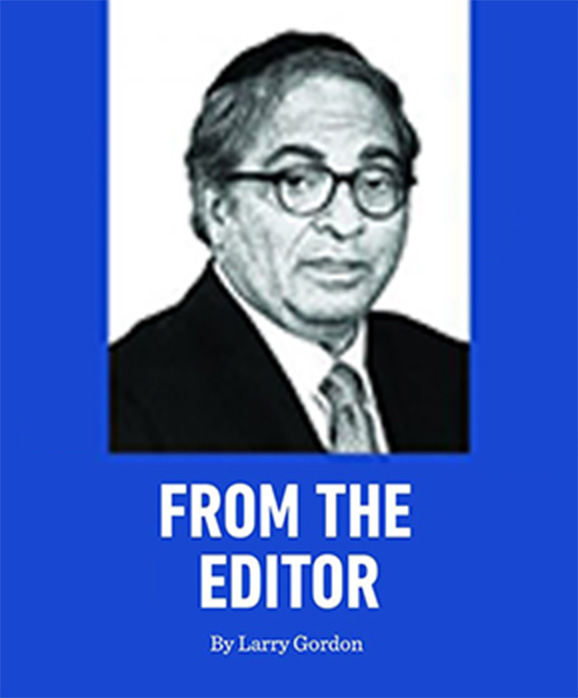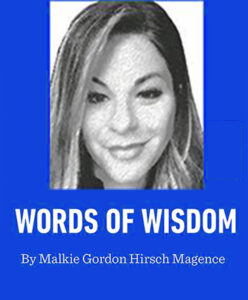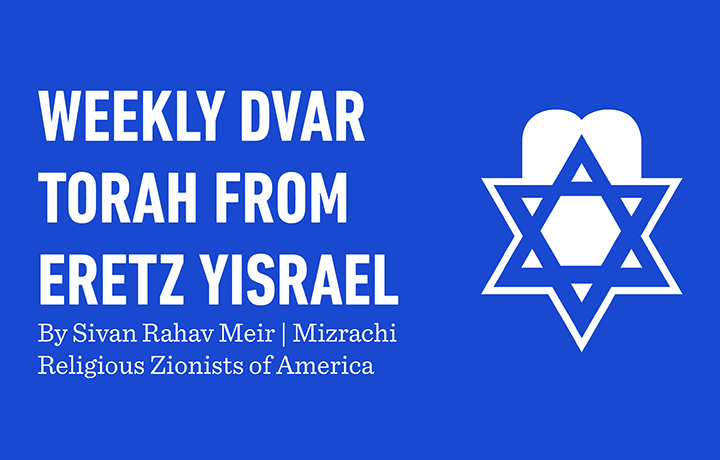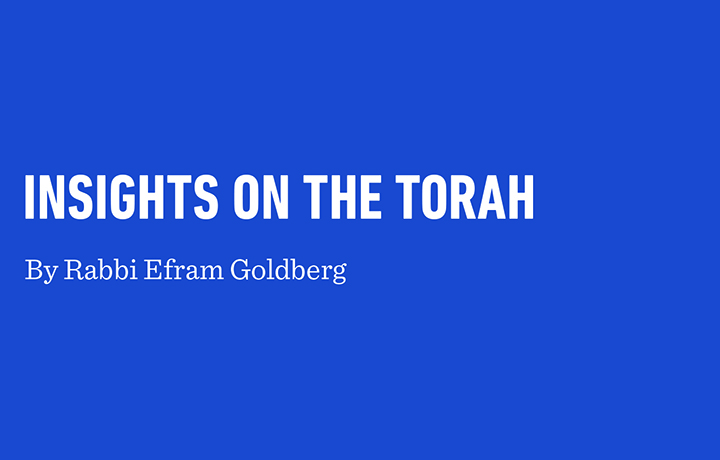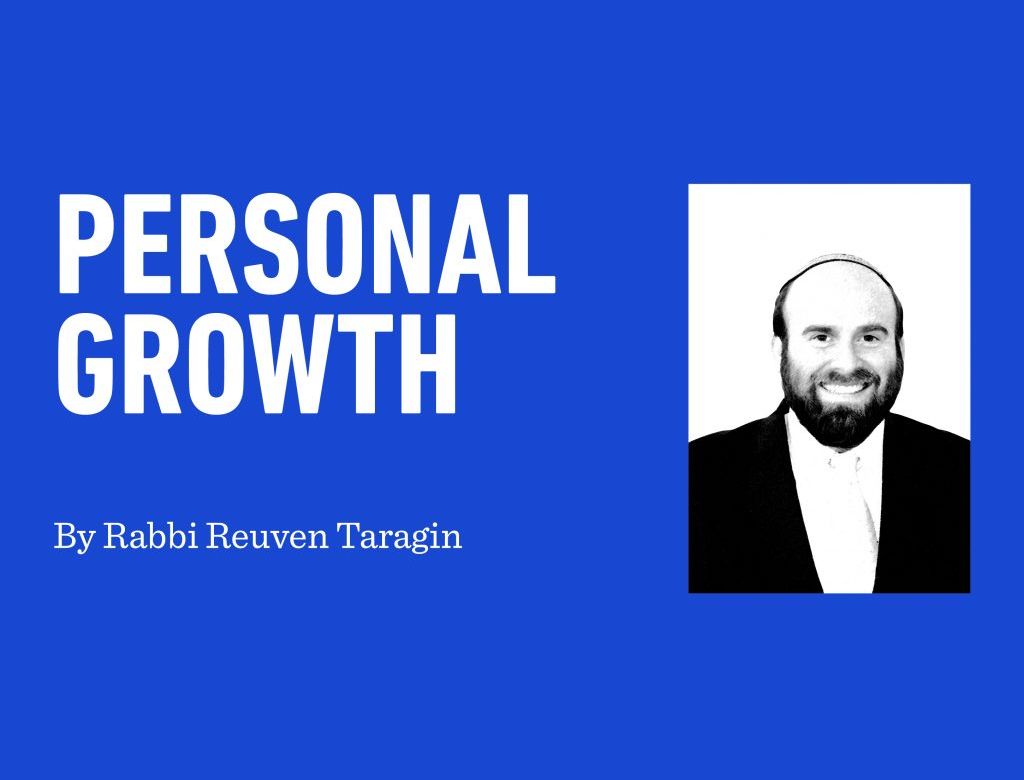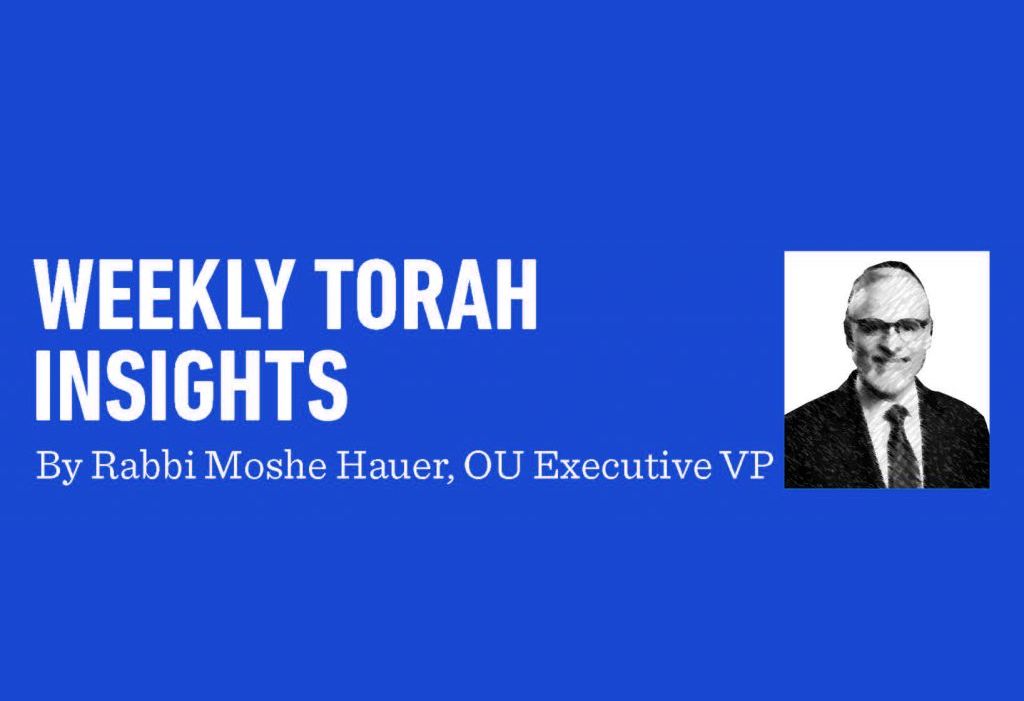Bnei Brak the Capital City of Torah in Israel
By Nison Gordon
Translated by P Samuels
Today’s Bnei Brak With Its Yeshivos And Kollelim
An Unforgettable Shabbos in Bnei Brak
Part I
The old Bnei Brak of yesteryear, the city which, when the Jews came in to the land in the days of Yehoshua came out to be in the portion belonging to the Shevat Dan, has a glorious tradition, which melds harmoniously with today’s Bnei Brak, which can be called the capital city of the Israeli Torah world.
Strictly by numbers, there are probably more yeshivos in Jerusalem than in Bnei Brak, but Jerusalem also has other things, and Bnei Brak is like one big yeshiva. It’s not that all Jews in Bnei Brak are yeshiva students or all buildings are yeshivos, but the Jews of Bnei Brak, even the laborers or successful businessmen, are never far away from the yeshiva and Gemara, Bnei Brak is one great fortress of Torah study and keeping the mitzvos. If forty years ago there would have been more Jews such as Reb Yitzcok Gershtenkorn, z’l, the founder of Bnei Brak, the Jewish homeland would be stronger in its Judaism observance and the problems that are plaguing the religious camp in Israel would not exist.
The Chazon Ish lived in Bnei Brak, and his Kollel is still considered as a center for lomdishe exalted souls who study Torah under the influence of the Chazon Ish’s brother-in-law. Bnei Brak also has a transplant of the old Slobodka Yeshiva of Lithuania. The Ponovizher Yeshiva and all of its affiliated institutions is a city within a city, and names of American Jews adorn all the walls of buildings that are along Horav Meltzer Street, all the way until the mountain, where the main building with its large beis midrash is situated. On a large open plot stands a building with a sign “Magen Hayeled,” with the name of the American Young Israel, which supports this children’s home.
Bnei Brak once had a very great rabbi, none other than the Tana Rebbi Akiva who paid with his life for learning Torah. Perhaps it’s in the merit of its one-time rabbi that Bnei Brak merited to be the capital of the Torah world in Israel.
Of course, one Shabbos is not enough to capture everything that exists in Bnei Brak. Just to see all of its yeshivas and kollelim would take more than a day, let alone all of its neighborhoods, and countless institutions. But the atmosphere of Bnei Brak is best reflected in its quietude, in its stopping all its wheels when ShabbosKodesh arrives: in the Moroccan Jew sitting on a small wagon and begging his even smaller donkey to get him home as soon as possible in time for Shabbos, in the rushing of young businessmen who are hurrying home carrying a bouquet of flowers, and in the cessation of the building of a new house being erected across from the hotel a full three hours before candle lighting time.
In Bnei Brak, the walls aren’t plastered, like in other cities, with posters announcing a new film, which was banned in Paris. The signs on the walls notify about shiurim in various shuls, about a symposium about “the future of Agudas Yisroel” in its own building on Rabbi Akiva Street, and about a Rebbe who is visiting Bnei Brak and where he will “fir Tish.”
There are two main streets in Bnei Brak. Number one is Rabbi Akiva Street, which starts right at the entrance of Bnei Brak at the Tel Aviv-Pesach Tikvah Highway, or as others call it the “Black Highway.” I heard two versions of why it’s called the Black Highway, either because there are a lot of accidents, or because that highway never rests, not during the week and not on Shabbos. Here, at the beginning of Rabbi Akiva Street you change from the Tel Aviv bus (I think it is bus number 54) to the bus that takes you through the winding streets of Bnei Brak.
The second main street in Bnei Brak is Chazon Ish Street, which becomes, on Shabbos, street number one. Shabbos afternoon, after the Shabbos nap, Chazon Ish Street is full of strollers, who walk calmly in the middle of the street. At the beginning of Chazon Ish Street, there is a barrier that does not allow any cars to enter, and young and old stroll in the middle of the street.
In Bnei Brak you could see a mother and her son carrying the cholent from the bakery, and their footsteps echo in the Shabbosdig silence as proud as a victorious soldier.
The other streets of Bnei Brak carry such names as Rabina Street, Abaye and Rova Street, Hoadmor Msanz Street, Hoadmor Migur Street, and other such names that tell about the past in various eras.
Where else can you experience the unique peacefulness of a Shabbos in Bnei Brak as in the fine garden by Reb Moshe Prager on Ohr Hachaim Street at the corner of Chazon Ish Street? The deep-thinking Orthodox writer, whose pen expounds words of Jewish strength and holiness, and who is welcome in all official headquarters of rulers and ministers in Israel, is clothed in silk on Shabbos, like all loyal Gerrer Chassidim. Instead of political insights, he offers to tell you something from sefer Sfas Emes, about the holiness of the land of Israel. All week long he finds himself traveling between Jerusalem, Bnei Brak, and Tel Aviv in his capacity as co-editor of the Bais Yaakov journal, a staff member of the Davar publication and the author of many books for youths and for adults. When Shabbos arrives, Reb Moshe is transplanted to Ger, in whose resettlement in the Holy Land he played a major role.
Every time Reb Moshe Prager comes to America, he keeps on insisting that only in Israel can one live well as a Jew. When I saw him Shabbos afternoon in his garden, surrounded by flowers and foliage, which he and his gracious wife take such good care of, when I saw with what joy he soars through the streets of Bnei Brak, I began to understand his love for Israel in general and Bnei Brak in particular.
Old and New in Israel is R’ Nison Gordon’s description of a visit to the Holy Land from Friday 27th of Tamuz 5723 (July 19, 1963) until Tuesday, 17th of Av (August 6).
